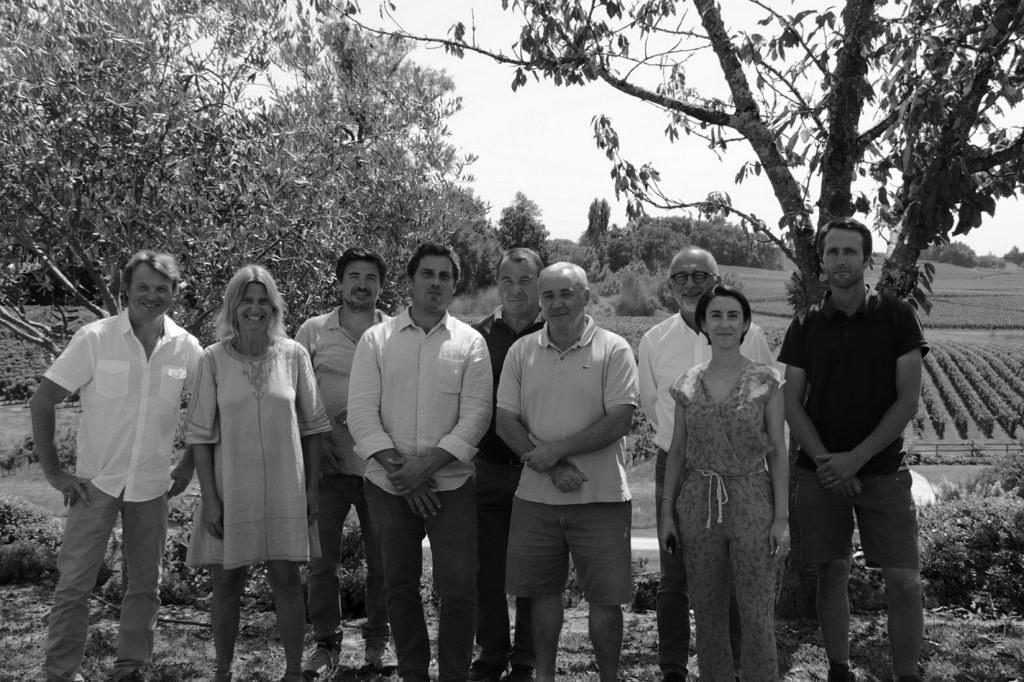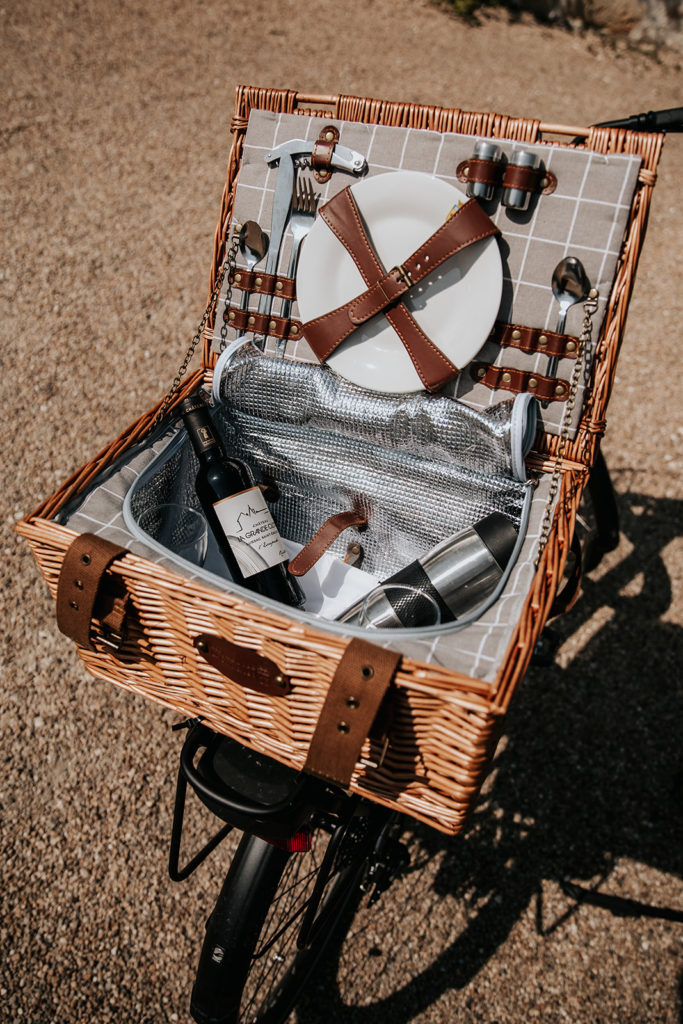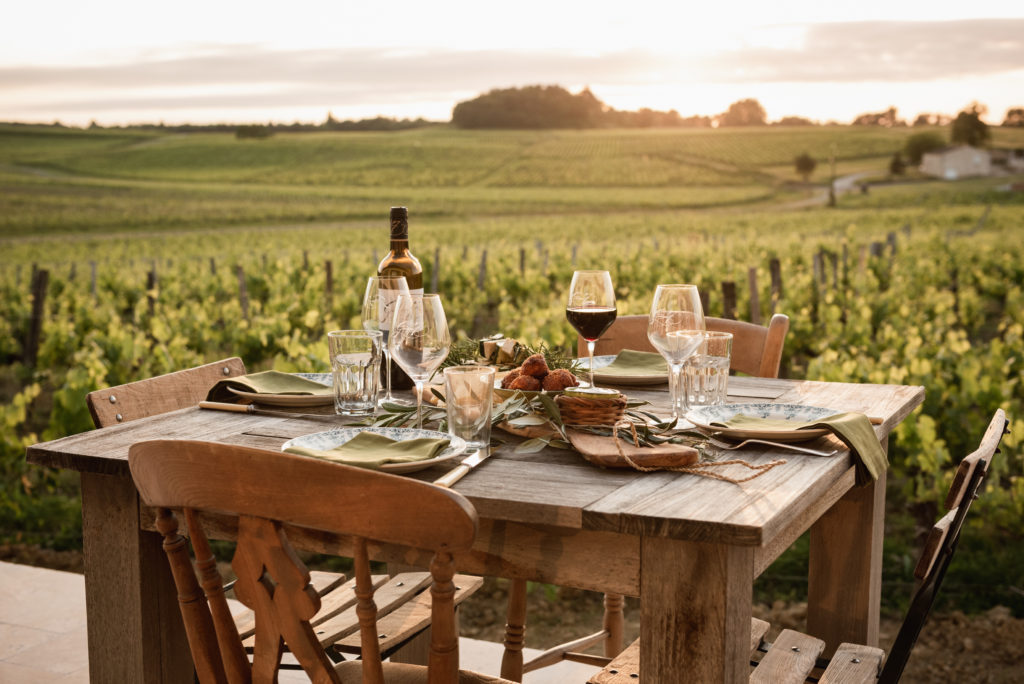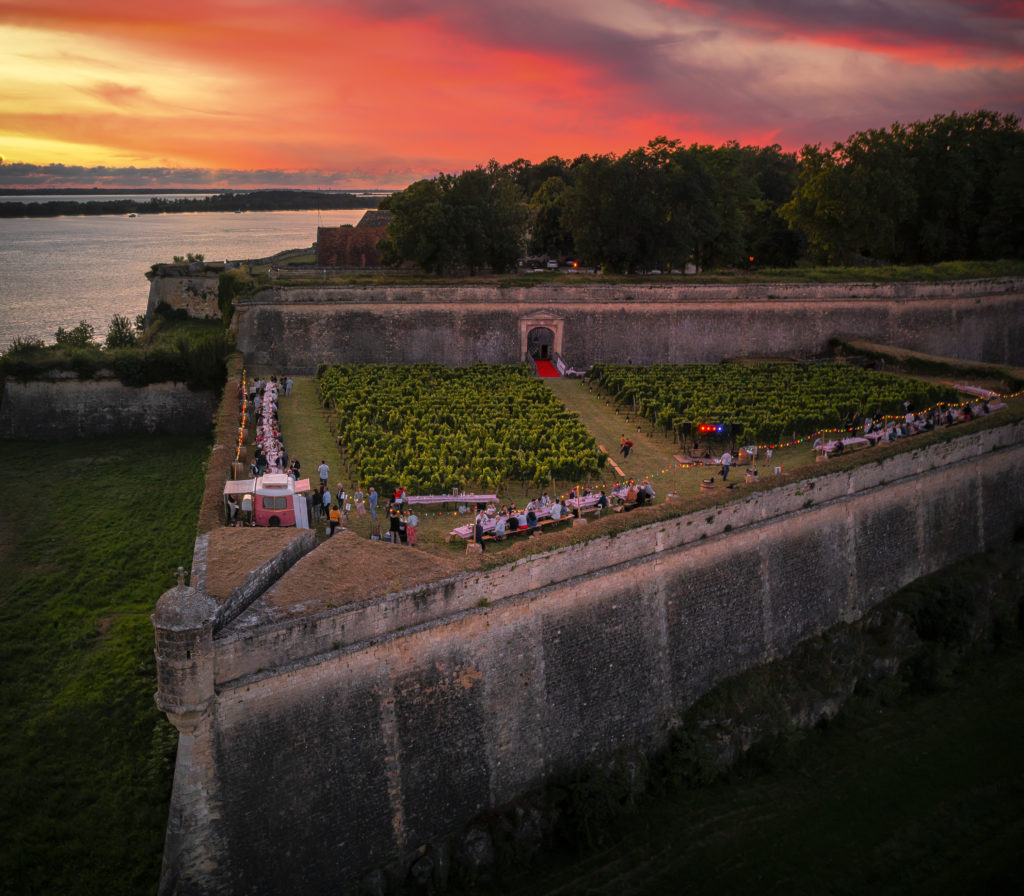Bordeaux is often (over) simplified by dividing it into two regions : right bank and left bank. It is a geographical divide thanks to the Garonne and Dordogne Rivers and the Gironde Estuary, a geological divide between higher clay and limestone terroir on the right and low lying gravel on the left. The result is a varietal divide between Merlot dominated and Cabernet dominated blends. Finally, it’s an historical and philosophical divide with smaller, ancient properties on the right and newer (well 17th century!) bigger properties on the left.
This vast over simplification misses so much of the nuance that makes Bordeaux such a fascinating place to visit. Within these regions there are many smaller, often lesser known appellations, and then of course there’s large Entre deux Mers region between the two. It is often in these regions where the most innovation is to be found in wine making, in viticulture and in wine tourism. There are some fantastic values from family run properties that are well worth seeking out.
Historically, many of these regions have been over shadowed by more famous neighbours, perhaps they don’t ‘enjoy’ a classification, or the terroir and climate might be marginal not producing great wines every vintage.
Cool Bordeaux
For many this is due to a cooler terroir and or cooler microclimate, where winemakers have sometimes struggled to get grapes to perfect ripeness. With climate change, could these traditionally cooler terroirs now be coming into their own as temperatures rise? Is it time take another or a closer look at some Bordeaux appellations?
Cornelis van Leeuwen, from Bordeaux University thinks so. As Bordeaux’s leading terroir expert, he should know. He has turned his attention to the satellite appellations of Saint Emilion, and in particular to Les Saints Elites, 8 family-owned vineyards working together since 2016 to promote these too often overlooked terroirs.

©saintelites.com
To the north of Saint Emilion, the appellations of Saint-Georges Saint-Emilion, Montagne Saint-Emilion, Puisseguin Saint-Emilion and Lussac Saint-Emilion have long been in the shadow of their more famous neighbour.
Same but different
They have a lot in common, the same hard limestone that dominates the centre of Saint Emilion runs across the satellites where it has been eroded by streams and rivers and covered with shallow soil creating a mosaic of terroirs and beautiful landscapes. Their Merlot dominated blends, were sometimes characterised as ‘rustic’, due to this cooler terroir showing green tannins in tricky vintages. No longer.
From handicap to advantage
In the hot, dry 2022 vintage, when top properties of Saint Emilion were given a last minute derogation to water vines, these satellites held up just fine. The vines looked after themselves very nicely thank you, producing wines with an elegant freshness, favouring the aromatic expression of Merlot.
Now is the time to discover this hidden corner of the right bank. The countryside of the satellites is beautiful, with rolling hillsides . You’ll be sure of a warm welcome. Use the guest rooms at Château La Grande Clotte (2025 Best Of Wine Tourism winner in Bordeaux) in Lussac as a base and from there, take their electric bikes to discover the neighbours.

Château La Grande Clotte – Bicy’Clotte Tour
This awareness of the advantage of cooler soils is not limited to the satellites. At a recent tasting in Château Grand Corbin, classified growth of Saint Emilion, they enthusiastically shared their location in the northern, traditionally cooler, part of the Saint Emilion appellation. Not something they would have mentioned, let alone boasted about in the past.
Fronsac also had a great 2022 vintage. Traditionally a cooler neighbour of Saint Emilion, it neither had the right, nor the need to irrigate thanks to the cooler terroir with deep clay acting as a water reserve. The limestone slopes here run down to the Dordogne for stunning views as well as stunning wines. Picnic in the beautiful park and vines of Château de la Dauphine (2025 Best Of Wine Tourism winner in Bordeaux) or enjoy sunset drinks on the terrace of Château George 7(2022 regional Best Of Wine Tourism winner).

chateau-george7-vin-fronsac
Follow the terroir
This same limestone continues east from Saint Emilion into Castillon Cotes de Bordeaux. The Côtes appellations are other long over-looked regions. Their limestone slopes dominate the Dordogne River in Castillon and Francs and the Gironde in Cadillac, Blaye and Bourg. You’ll find stunning views, delicious wines and more excellent hospitality.

Maison du Vin de Blaye – Clos de l’Echauguette
The vineyards in these regions are mainly family owned and have been for generations. Generations that have the privilege of a long view and a long experience with a sustainable philosophy of viticulture. A better knowledge and understanding of terroir and more precise cultivation techniques are levelling the playing field across Bordeaux, no longer the preserve of the famous names. Wine makers are introducing cover crops, agro-forestry and much more and they can’t wait to share the results with visitors, happy to be finally sharing the spotlight with their better known neighbours.
Bordeaux’s cooler terroirs are coming in from the cold.
Author : Wendy Narby - Insider Tasting